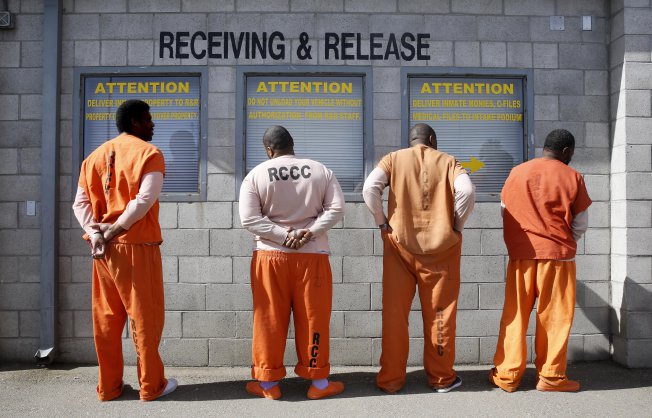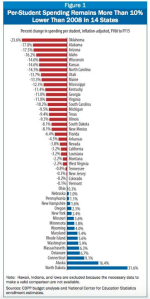The American judicial and justice system contains poor policies. Many people serve their sentence in the prison system without judicial cases. Others have undergone conviction due to petty crimes that require them to serve short periods. However, such individuals remain in prison for a longer period compared to their actual sentence. The American sentencing system remains to offer unfair sentence to inmates. Therefore, the criminal justice should undergo reform to create justice among the inmates. The statistics from the national survey states that the prison population has grown by over 800% compared to the country’s initial population that has only increased by 33% (Mortimer). According to overall statistics, the country’s population figure forms 5% of the world’s population with 25% acting as prisoners. The prison population growth rate has increased within a period of three decades since the year 1989 (Mortimer).
The increasing record comes from the explosion panic on drug addiction towards marijuana, heroin and alcohol that took place in the 1980s. The tripping point occurred when the country experienced a crack cocaine storm. The Congress introduced a compulsory sentencing to the abusers to five-year sentence. Since 1980s the huge composition of the prison population come from the drug abusers and addicts. The sentence contains unreasonable punishments to the inmates. Those who come out of prison end up in worse conditions compared to how they joined the prisons. The industries and the employment sectors fail to employ ex-convicts since they consider them dangerous. The Congress has done nothing for the past two decades to improve the status of ex-convicts in the society. They remain to handle their fate without help from the government.
The states justice department should reduce sentences on drug abuse. Serving more than 25 years for making sales on pain pills to a colleague turns out to be unrealistic. The justice department should reduce the years and change the sentencing policies that give the federal justice powers to pass such sentences. Other sentences that the state should change include the ones charged on fraud artists, tax evaders, and thieves. However, the individuals should be subjected to severe penalties in case they retrogress. The only individuals that should undergo serious charges and penalties should be the violent and dangerous drug traffickers. Such individuals cause chaos and may affect the rights to life of the citizens in the country. The federal reforms should inculcate a program that enables the ex-convicts to re-enter the society and gain full control of their lives.
The state spends more than $59 billion a year on prison services (Mortimer). Good reforms shield the states against having huge expenditures on the inmates. The states should reject the aspect of building new prisons and focus on improving the current status of the available prisons through reform programs. The federal programs should ensure that they focus on training the prisoners on how to improve their livelihood in case they come out of the prisons. Most of the prisons should ensure that they introduce a probation system that prevents most people from going to prison. Probation enables a convict to undergo a positive change in behavior. It also enables the state to save more than a quarter of its prison budget and channel the money to other state projects. The states should also train their prison wardens on how to handle the convicts while serving their sentences.
Source: www.usnews.com/opinion/articles/2014/05/09/its-time-for-prison-reform-and-an-end-to-mandatory-minimum-sentences










